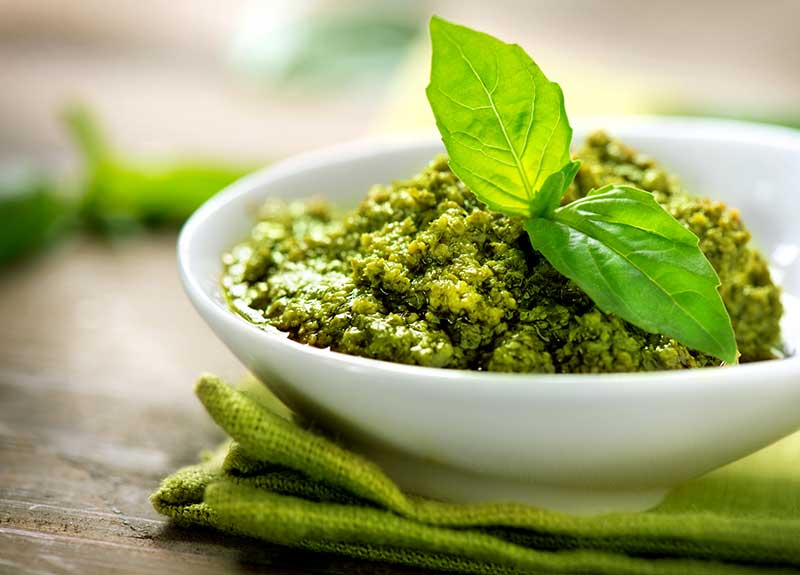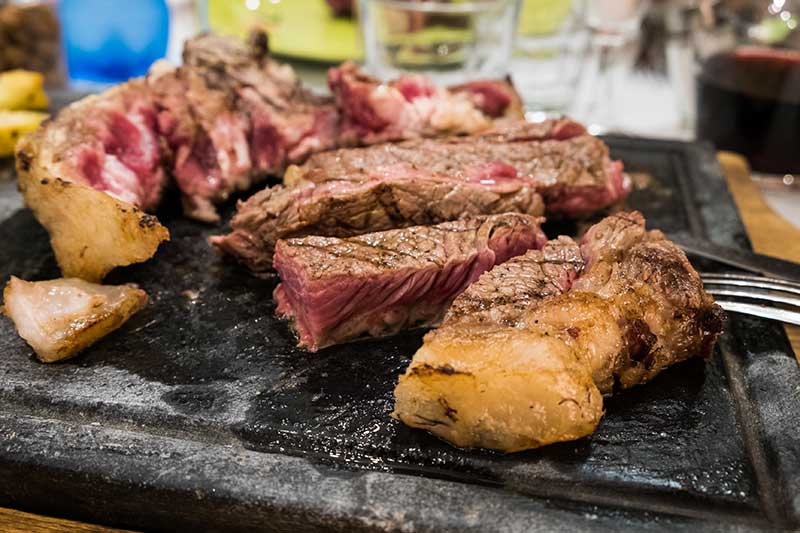Chinotto is a citrus fruit originally from China, exclusively grown on the Ligurian coast, in the Savona area since the end of the 19th century.
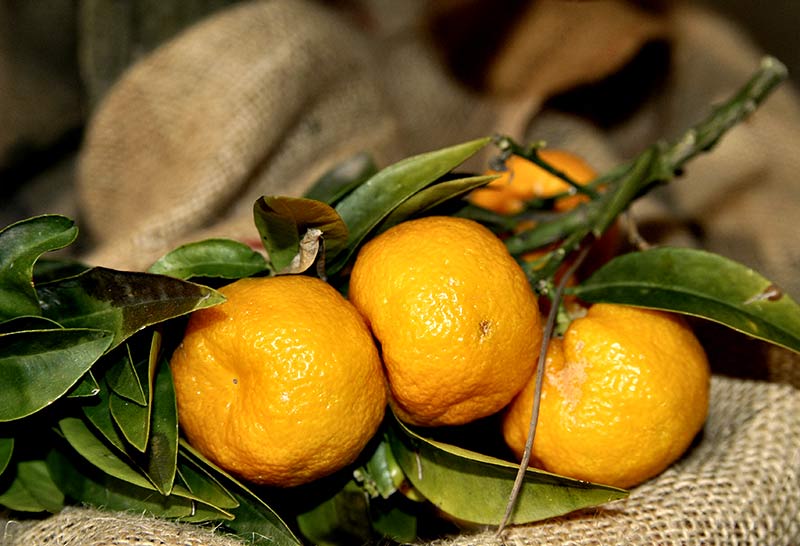
These small, uniquely fragrant fruits, used to be sold candied and preserved in maraschino, after having been kept under a sea water brine for some time. At the beginning of the 1930s, the first chinotto soda appeared: it was produced by San Pellegrino, but its real inventor remains a mystery.
Chinotto enjoyed great popularity until the 1960s, only to be almost forgotten until the dawn of the new Millenium, when he had a new lease of life and found its way into many a popular cocktail. Chinotto’s bottles are usually pleasantly retro in style, and we all pretty much remember them behind the counter of our dairy shops and local café, more than behind that of some fancy bar.
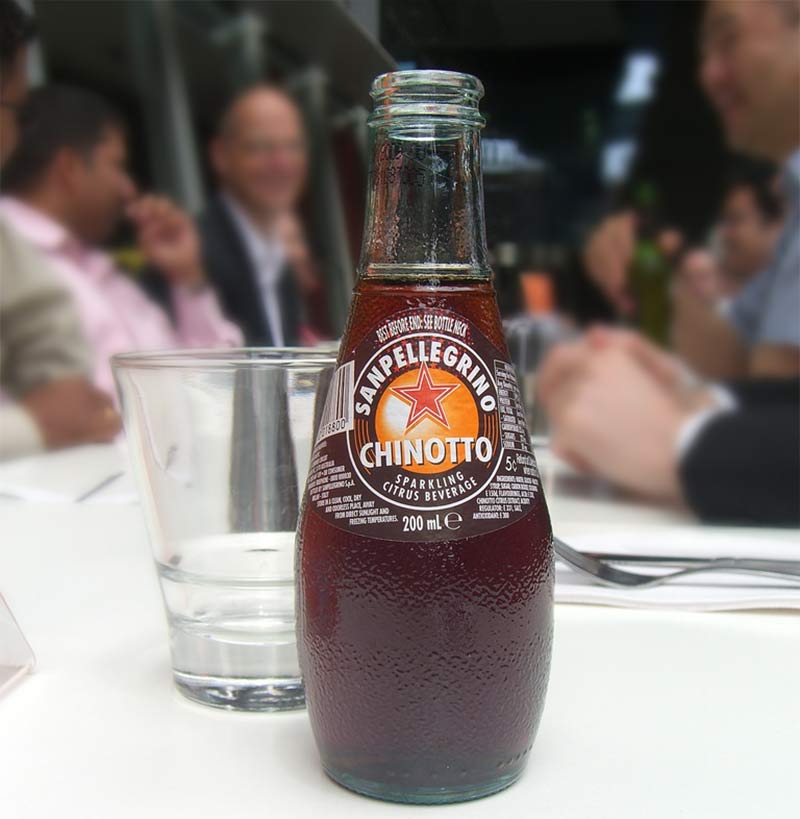
Thirst-quenching and mildly sparkling, delicately bitter and, above all, impossible to copy, in 2012 chinotto risked to be taxed by the Italian Government, which wanted to classify it as a “sparkling soda with sugar.” Luckily common sense, or even better, good flavor, won in this occasion!
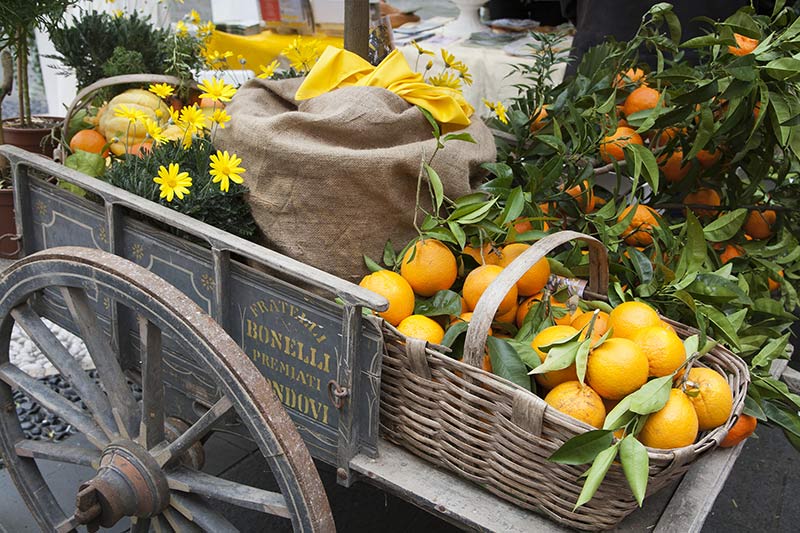
Since 2004, chinotto fruits are protected by a Presidio Slow Food. The only company producing chinotto sodas with the real citrus fruits protected by the Presidio is Piedmontese Lurisia, which makes its chinotto with thermal waters.




